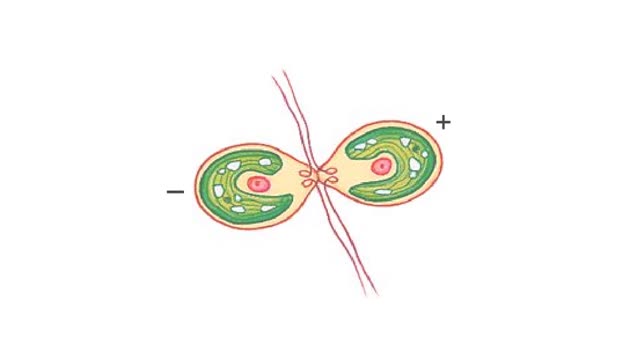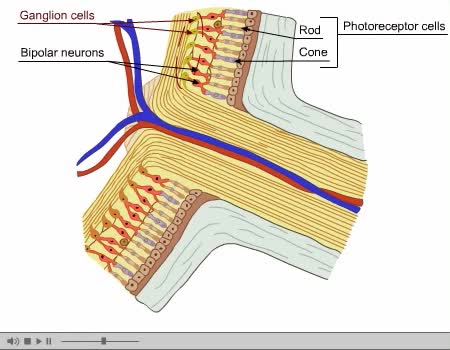Search Results
Results for: 'activated helper T cell'
Molecules, Membrane Permeability and Structure
By: HWC, Views: 10180
Organisms are not isolated system at equilibrium and need to intake nutrients and electrolytes as remove wastes. Similarly Cells within an organism must also exchange compound by passing them through membrane. The permeability of a membrane is the rate of passive diffusion of molecules th...
Apicomplexan life cycle Animation
By: HWC, Views: 5079
Malaria is caused by the sporozoan, Plasmodium. It is transferred to humans by mosquitoes. When an infected mosquito feeds, infective sporozoites move from her salivary glands into the human body. The bloodstream carries the sporozoites to the liver. Here, they reproduce asexually and...
By: HWC, Views: 5070
Protozoan conjugation is an unusual form of sexual reproduction Prospective partners join together, usually at the surface of their oral depressions. The cells undergo cytoplasmic fusion. Meiosis II produces four haploid micronuclei. Now the macronucleus of each cell begins to bre...
Red Blood Cells - Erythropoietin (EPO)
By: HWC, Views: 10614
• The endocrine system maintains many body conditions within normal limits with feedback loops. Each endocrine feedback loop maintains homeostasis using the following components: • Stimulus - a change in a body condition. • Production cell - an endocrine cell that produces a hormone aft...
By: Administrator, Views: 13651
In the nervous system, a synapse is a structure that permits a neuron (or nerve cell) to pass an electrical or chemical signal to another neuron or to the target effector cell. Synapses are essential to neuronal function: neurons are cells that are specialized to pass signals to individual tar...
By: HWC, Views: 11287
Energy stored (in a hydrogen or sodium concentration gradient) is used to drive other substances against their own concentration gradients Secondary active transport, is transport of molecules across the cell membrane utilizing energy in other forms than ATP. In many cells, antiporters mov...
Optic Nerve and Optic Disk Animation (Part 2 of 2)
By: Administrator, Views: 13736
The optic disc or optic nerve head is the point of exit for ganglion cell axons leaving the eye. Because there are no rods or cones overlying the optic disc, it corresponds to a small blind spot in each eye. The ganglion cell axons form the optic nerve after they leave the eye. The optic disc ...
By: HWC, Views: 10682
Exocytosis is another method of vesicular transport that moves large volumes Of fluid or chemicals out of the cell. It is a process by which a cell transports secretory products through the cytoplasm to the plasma membrane. A examples of cellular secretory products: 1. Secreted protein - enzym...
Types of Transport - Uniport, Antiport and Symport (Glucose and Na+K+ Transporters)
By: HWC, Views: 10362
Some transport proteins bind and transport molecules very selectively. Uniport is the transport of one solute molecule. Symport is the transports of two solute molecules in the same direction. Antiport is the transports of two solute molecules in opposite directions. 1. Glucose bin...
Advertisement











